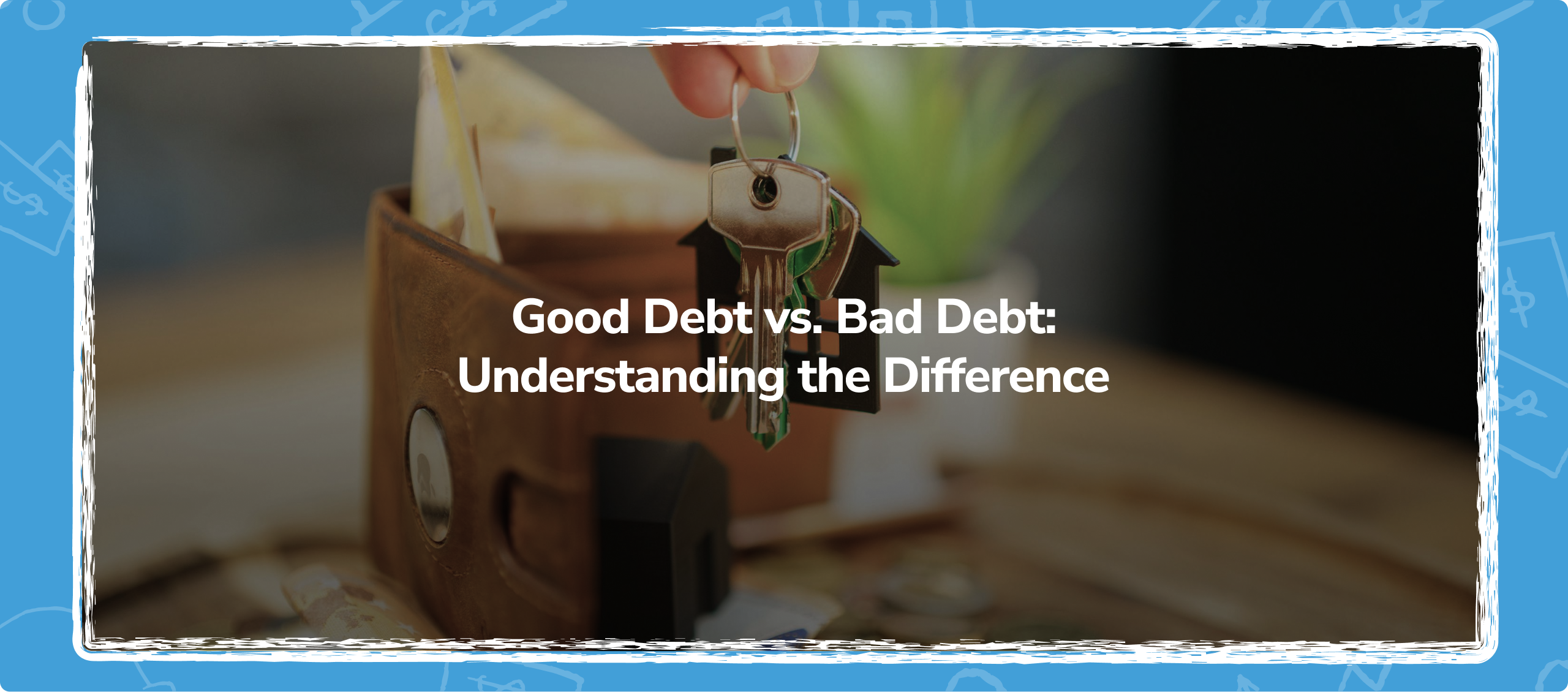Not all debt is created equal. While some debt can help you build wealth and improve your financial standing, other types can drag you down. Understanding the difference between good debt and bad debt can help you make smarter financial decisions.
What is Good Debt?
Good debt is borrowing that has long-term value and potential for return. Examples include:
- Mortgage Loans: Helps build equity in a home, a valuable asset.
- Student Loans: Invests in education and future earning potential.
- Business Loans: Can generate income and growth opportunities.
What is Bad Debt?
Bad debt often involves borrowing for things that quickly lose value or come with high-interest rates. Examples include:
- Credit Card Debt: High-interest rates make it difficult to pay off.
- Payday Loans: Extremely high fees and interest create a cycle of debt.
- Car Loans (if excessive): A necessary expense, but borrowing too much for a rapidly depreciating asset can be harmful.
How to Manage Debt Wisely
If you’re in a debt settlement program, your focus should be on eliminating bad debt first. Once free from high-interest obligations, you can prioritize good debt that aligns with your financial goals. Staying informed and making strategic financial decisions will help you maintain long-term stability.
.png)
Kim Wasielewski
Kim W. is a debt relief professional helping consumers navigate financial challenges. She is passionate about making money matters easier to understand and believes everyone deserves a fresh financial start.
